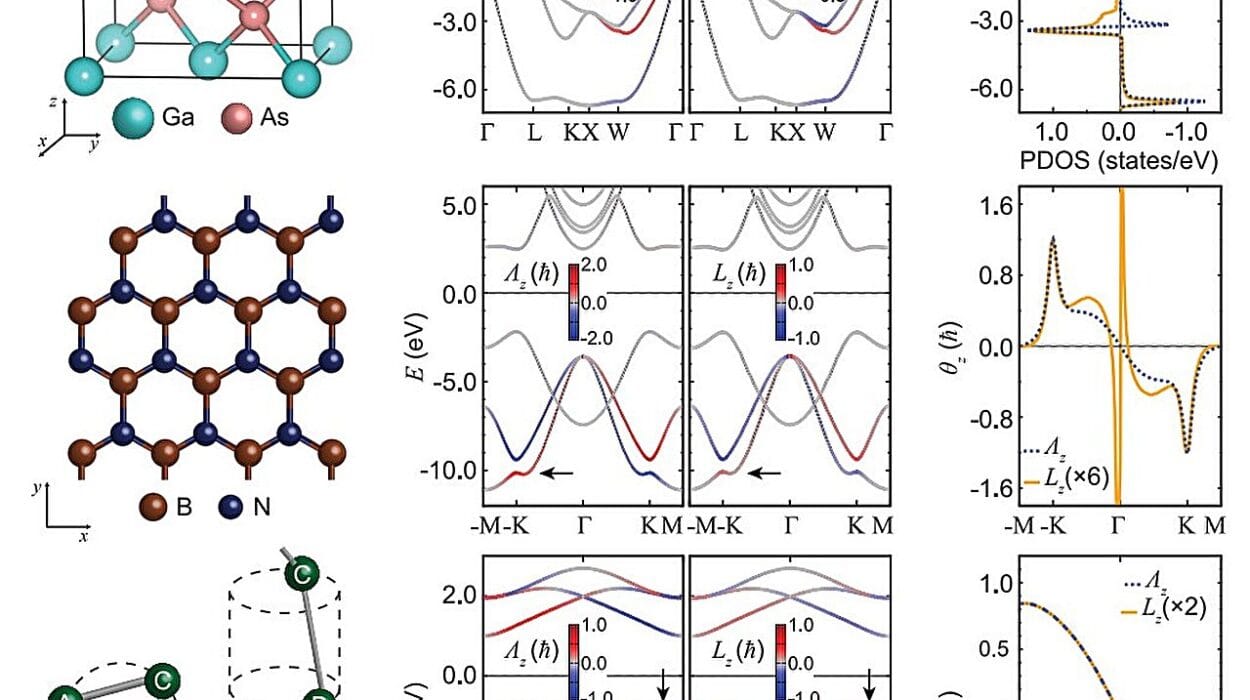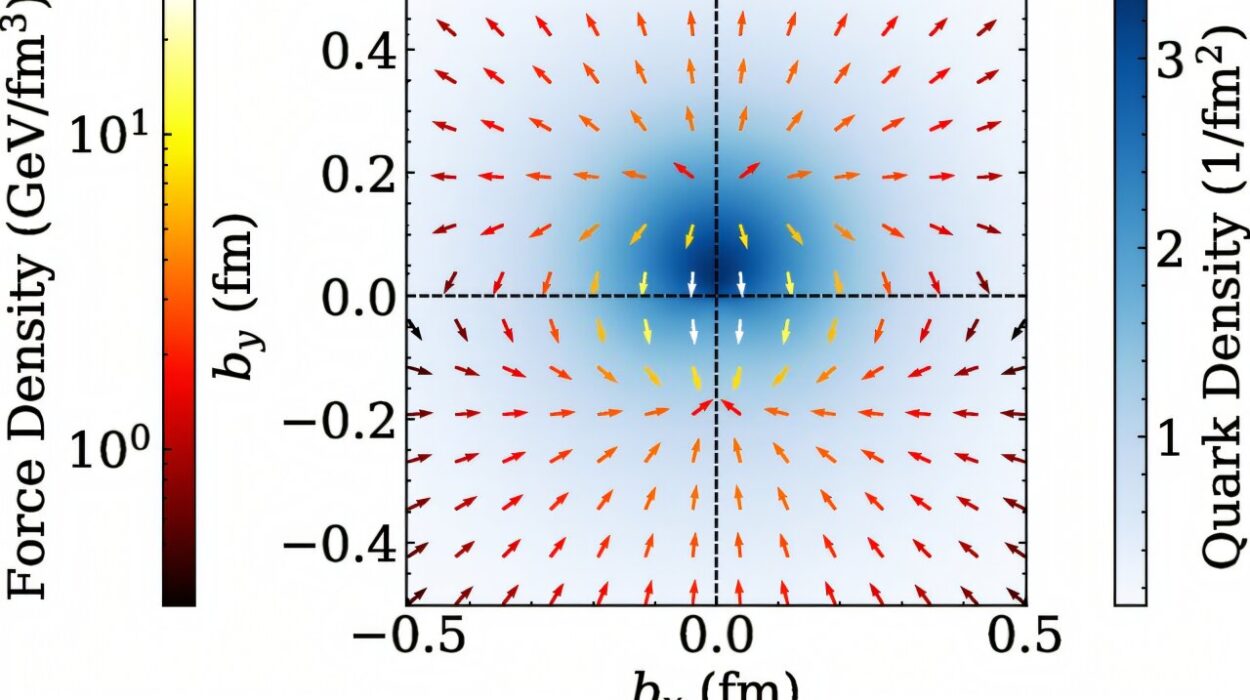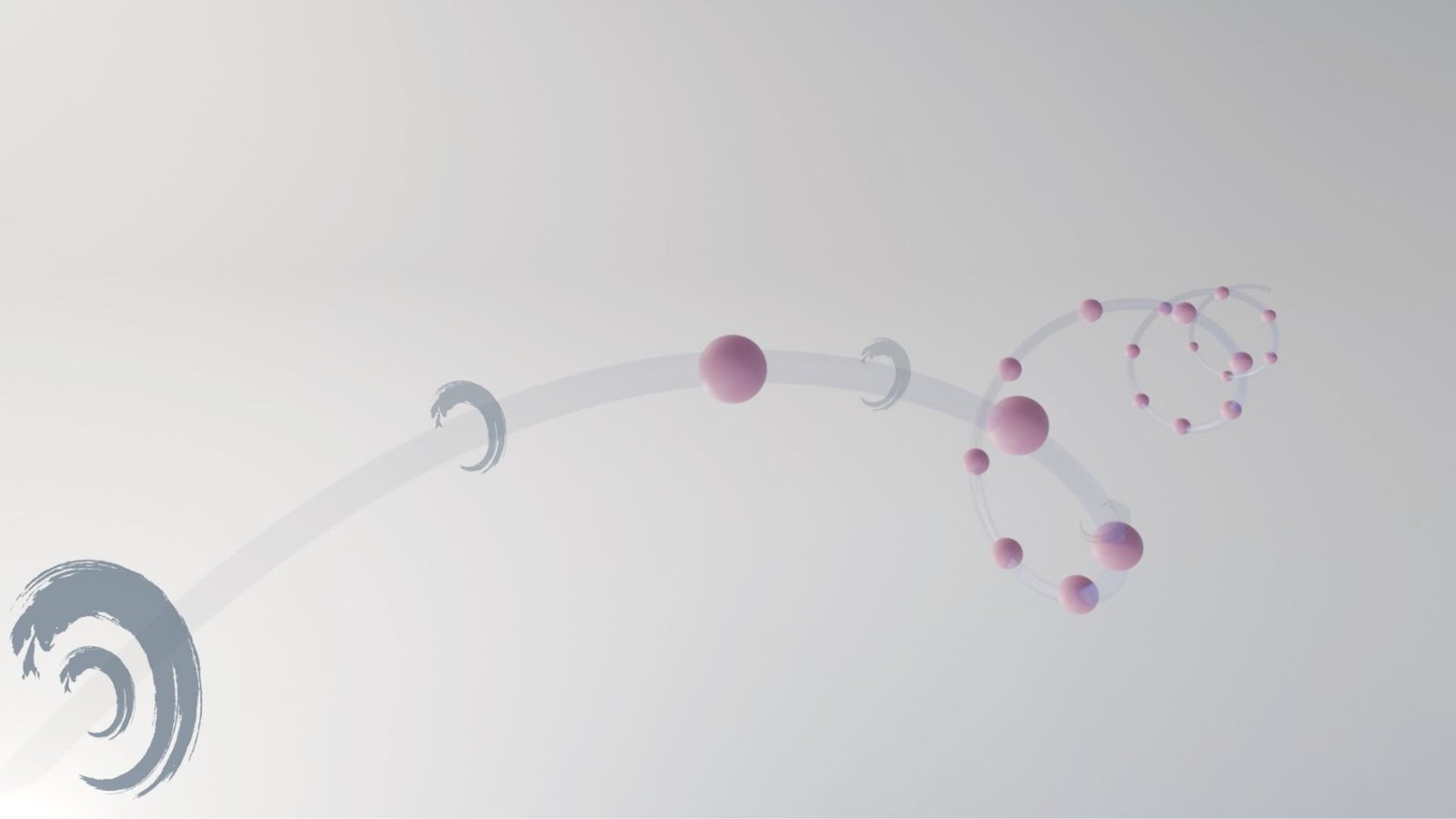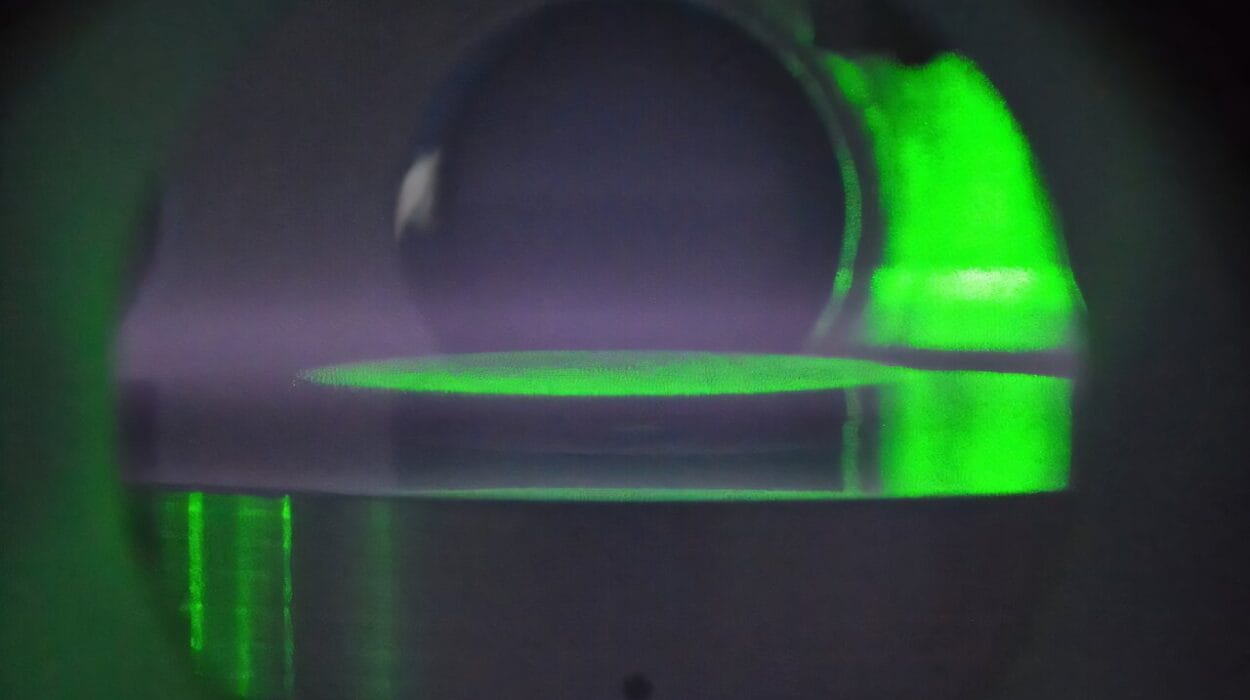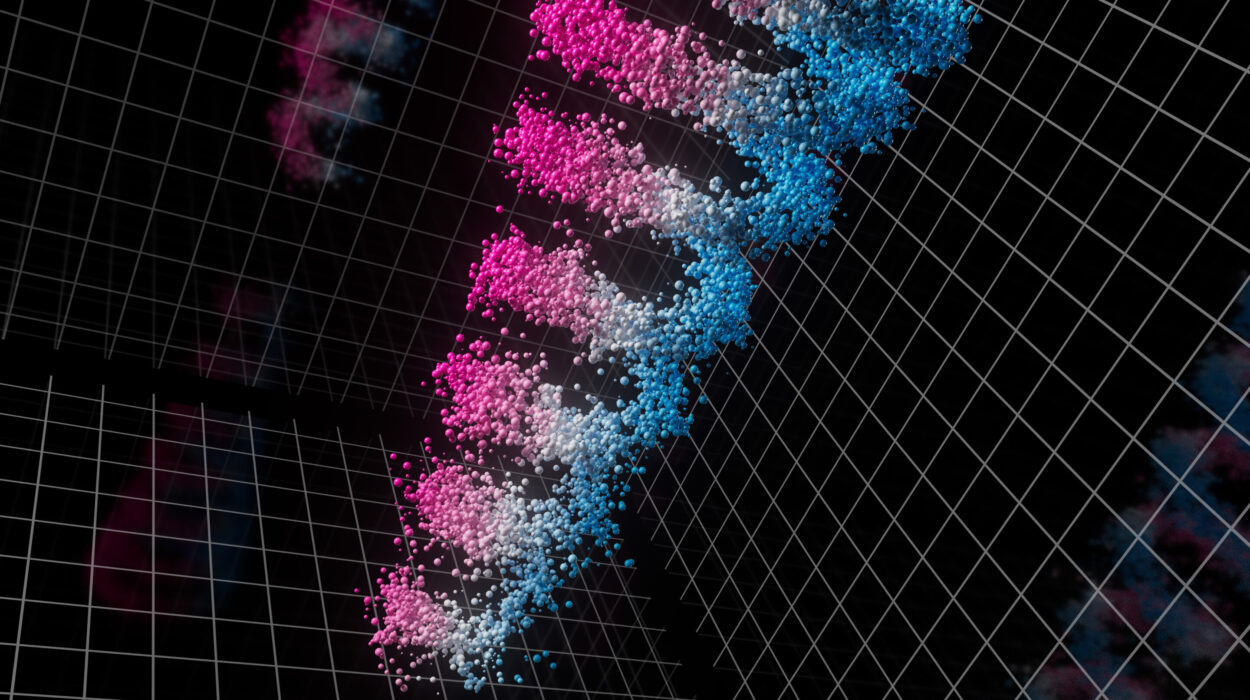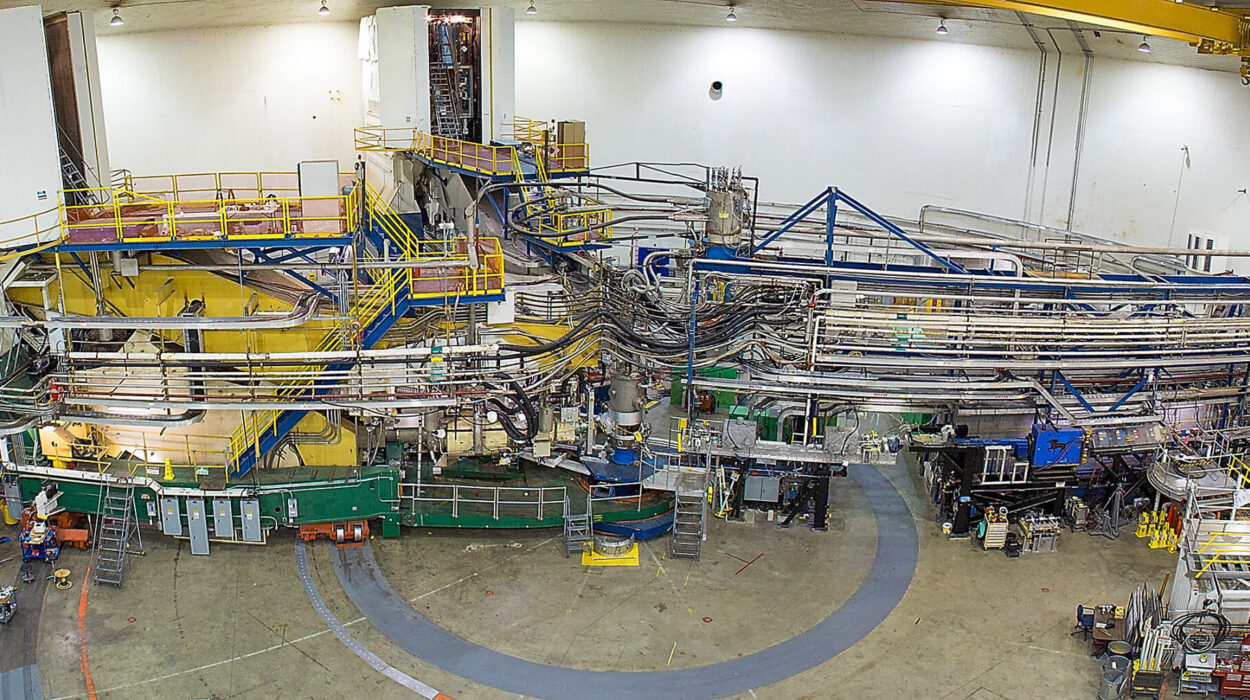In a groundbreaking leap forward for quantum technology, researchers at the University of Southern California have achieved what has eluded the scientific world for years: a clear demonstration of quantum advantage using quantum annealing. This isn’t just another milestone in theoretical physics—it’s a bold declaration that quantum machines are stepping out of the realm of promise and into the world of practical problem-solving.
The feat, recently published in Physical Review Letters, was spearheaded by Daniel Lidar, a pioneering professor with joint appointments in electrical and computer engineering, chemistry, and physics at the USC Viterbi School of Engineering and USC Dornsife College of Letters, Arts and Sciences. At its core, the study proves that quantum annealing—a specialized form of quantum computing—can outperform even the best classical algorithms when it comes to solving a special kind of high-stakes problem: approximate optimization.
Quantum Advantage: More Than a Buzzword
Quantum advantage is one of the most sought-after goals in modern computing. It refers to the moment when a quantum computer solves a problem faster than the world’s best classical supercomputers. While the phrase has made headlines in the past, real-world demonstrations—especially those showing scalable performance as problem size increases—have been rare and fiercely debated.
What makes this achievement especially compelling is that it sidesteps the challenge of finding exact solutions. Instead, Lidar’s team focused on approximate optimization—a practical approach that aims to get “close enough” to the best answer. And in many real-world applications, “close enough” is not only acceptable—it’s desirable.
The Optimization Puzzle
Optimization is everywhere. From designing efficient delivery routes to maximizing investment portfolios, optimization problems ask: What’s the best way to do something? But many of these problems are what mathematicians call NP-hard—they get exponentially harder as you add more variables. Classical computers struggle with these because they must consider enormous numbers of possible combinations to identify the best outcome.
Enter quantum annealing. Unlike traditional computing, which hops from one solution to another along a digital path, quantum annealers explore many possibilities at once, thanks to quantum principles like superposition and tunneling. It’s a bit like searching for the lowest valley in a mountainous terrain by rolling millions of balls down the hills at the same time and seeing which ones reach the bottom first.
“Quantum annealing works by finding low-energy states in a quantum system, which correspond to optimal or near-optimal solutions to the problems being solved,” Lidar explains.
This process is inherently probabilistic—sometimes it finds the exact solution, other times it lands close. But when time is limited and approximate answers are acceptable, that’s often more than enough.
Why Approximate Optimization Matters
Imagine you’re building a mutual fund. You don’t need to assemble the single most profitable combination of stocks in the entire market. You just want a portfolio that outperforms a leading index. That’s approximate optimization in action—finding a very good solution quickly, even if it’s not the absolute best.
That’s the same logic Lidar’s team applied in their research. Rather than chasing the exact optimal solution—which could take impractical amounts of time—their goal was to get within 1% of the best answer. And they did it faster using quantum annealing than the best classical algorithm currently available.
In optimization circles, this kind of performance is measured using what researchers call “time-to-epsilon”: the time it takes to find a solution within a certain percentage (epsilon) of the optimal. The lower the time-to-epsilon, the better the algorithm.
The Role of Spin Glasses and Physics-Inspired Problems
To prove quantum scaling advantage, the USC researchers used a notoriously hard set of problems called spin-glass models. Originating from the study of disordered magnetic materials, spin-glass systems are infamous for having rugged landscapes filled with local minima—solution valleys that aren’t quite the lowest. Finding the true lowest energy state is like trying to find a needle in a haystack of decoys.
These models aren’t just theoretical challenges. They mimic real-life complexity seen in logistics, finance, network design, and machine learning. Solving them faster has broad implications, and Lidar’s team showed that quantum annealing could find near-optimal solutions to these problems faster than any known classical method.
The classical algorithm they pitted their system against is called Parallel Tempering with Isoenergetic Cluster Moves (PT-ICM), widely considered one of the most effective tools for tackling these problems. Yet, even PT-ICM couldn’t match the performance of the error-corrected quantum annealer in terms of time-to-epsilon.
The Quantum Machine Behind the Magic
This remarkable demonstration was powered by a D-Wave Advantage quantum annealing processor—an advanced quantum computer installed at USC’s Information Sciences Institute. Unlike gate-based quantum computers, which manipulate individual qubits through quantum logic gates, D-Wave’s annealer is specifically built to tackle optimization problems.
Yet, even this cutting-edge machine isn’t perfect. Like all quantum systems, it suffers from noise—tiny disturbances that disrupt fragile quantum states and muddy results. To overcome this, the researchers deployed an ingenious strategy called Quantum Annealing Correction (QAC). Think of it as a way to “clean the signal” by reinforcing the desired computation across multiple qubits and suppressing errors.
By creating over 1,300 error-suppressed logical qubits, Lidar’s team was able to dramatically boost the reliability of their quantum results. This allowed the quantum system to consistently outperform its classical counterparts.
“This error suppression was key,” Lidar said. “Without it, the noise would have masked any advantage. With it, we could finally see the quantum speedup emerge.”
Why This Discovery Matters
This isn’t just a win for quantum enthusiasts—it’s a proof point that quantum computing can deliver practical benefits today, even with noisy, imperfect hardware. By shifting the focus from exact solutions to approximate ones, this study paves the way for quantum algorithms that solve real-world challenges in reasonable timeframes.
And unlike previous claims of quantum advantage, which often involved contrived problems with limited applicability, this research targeted optimization tasks that directly mirror practical needs in sectors like logistics, finance, machine learning, and telecommunications.
Moreover, the demonstrated scaling behavior—where quantum advantage grows as the problem size increases—suggests that this isn’t a one-off fluke. With improved hardware and better error correction, quantum annealers could one day solve problems so complex that classical supercomputers wouldn’t even bother to try.
The Road Ahead
Lidar and his team aren’t resting on their laurels. Their next goal is to extend these results to more complex systems: denser graphs, higher-dimensional spin models, and applications across multiple industries. The challenges are considerable, but so is the potential.
“Quantum advantage in approximate optimization is just the beginning,” Lidar emphasized. “With further advances in hardware and error suppression, we expect the advantage to become more pronounced—and applicable to a broader range of real-world problems.”
As quantum processors evolve, researchers are now exploring hybrid systems that combine quantum and classical computing for enhanced results. Meanwhile, software innovation—especially in algorithm design—will be critical to making the most of what quantum hardware can offer.
Quantum Annealing and the Future of Optimization
So, what does this all mean for the future?
Imagine supply chains that automatically reconfigure during crises, financial portfolios that adapt to global shocks in real time, and smart grids that optimize energy flow in milliseconds. These are not science fiction scenarios—they’re potential realities if quantum annealing continues to mature.
With its focus on finding good-enough solutions fast, quantum annealing is uniquely suited to the messy, unpredictable, approximation-tolerant world we live in. Lidar’s work proves that quantum advantage isn’t just possible—it’s already here, in very tangible ways.
Conclusion: A New Dawn for Quantum Optimization
In the ever-accelerating race toward quantum supremacy, Daniel Lidar’s team at USC has carved out a significant victory. By demonstrating quantum advantage in approximate optimization using quantum annealing—enhanced with error correction—they’ve pushed the boundary between promise and performance.
Their work challenges the narrative that quantum advantage remains a distant goal. Instead, it shows that by focusing on practical problems and embracing good-enough answers, quantum computers can begin to make meaningful contributions today.
As hardware improves and new algorithms emerge, we can expect quantum annealing to play an increasingly vital role in tackling the world’s hardest problems—efficiently, intelligently, and perhaps, someday, instantly.
Reference: Humberto Munoz-Bauza et al, Scaling Advantage in Approximate Optimization with Quantum Annealing, Physical Review Letters (2025). DOI: 10.1103/PhysRevLett.134.160601

